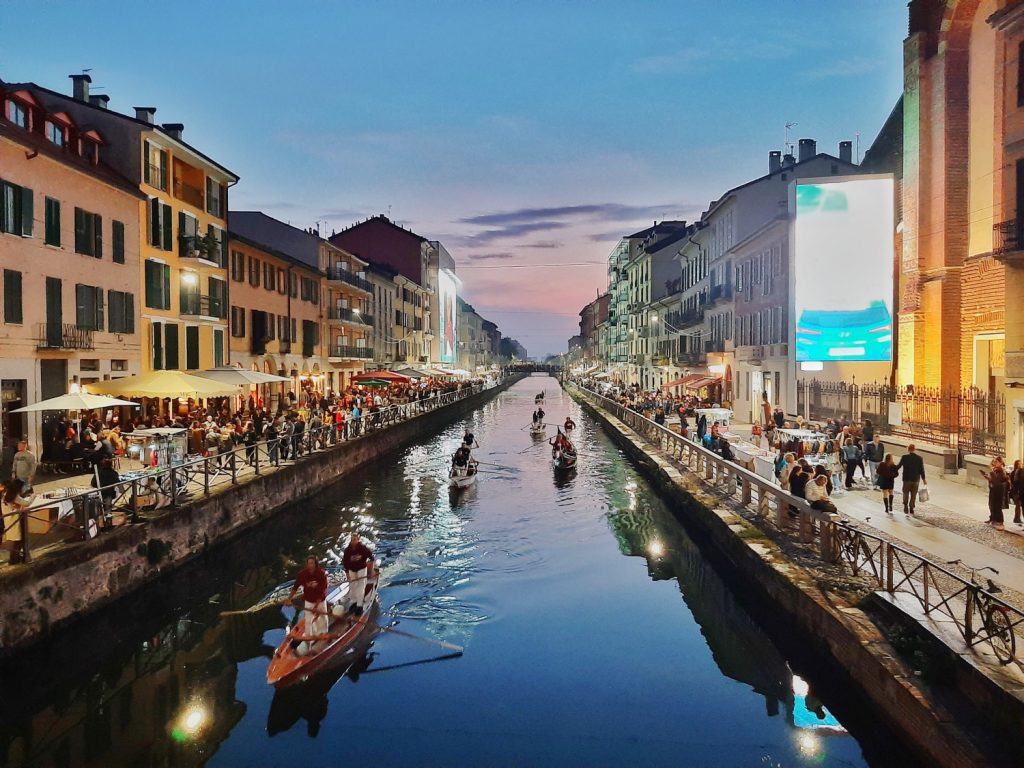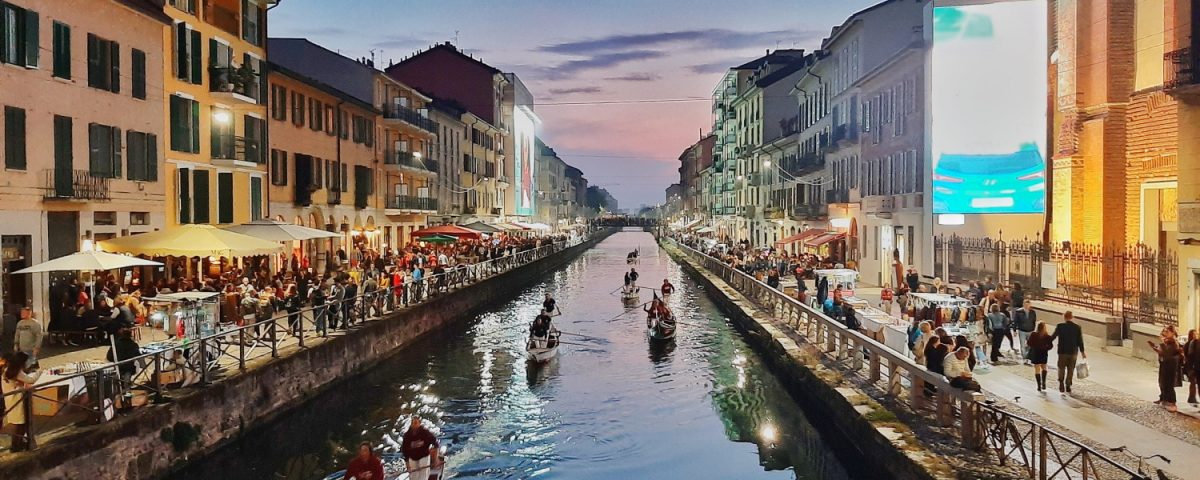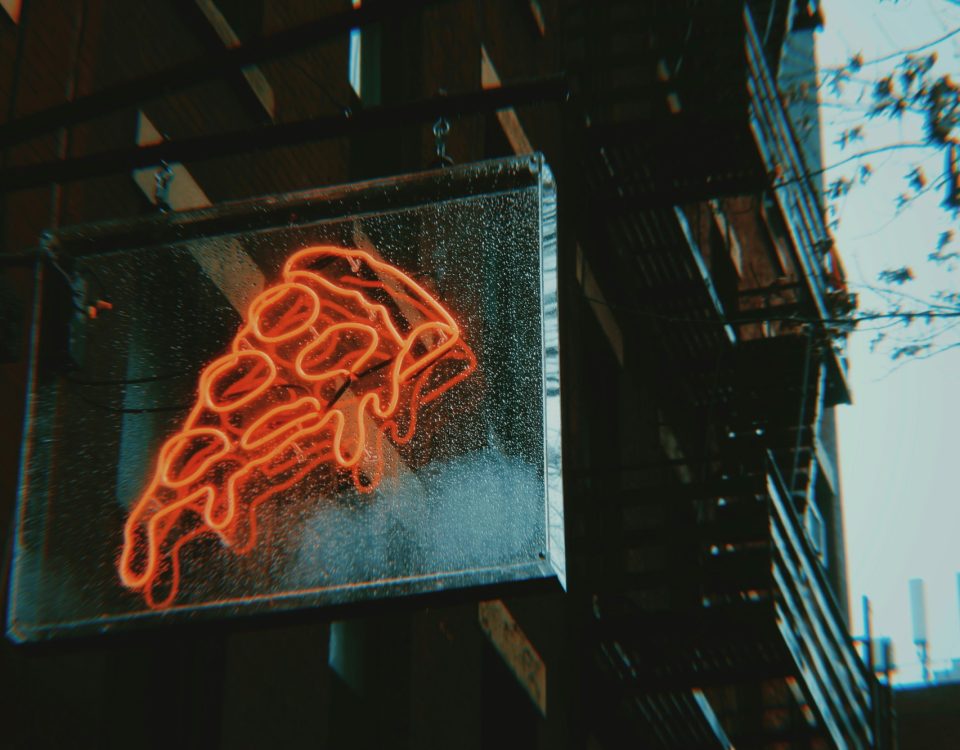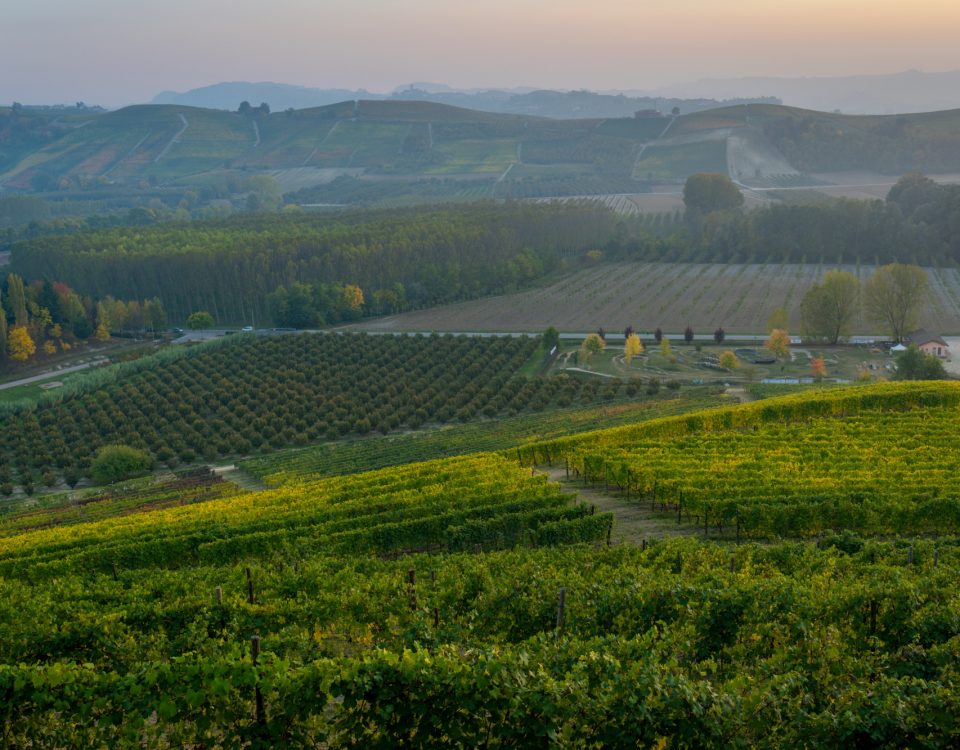WITH EACH RESERVATION DIRECTLY FROM THE SITE, YOU HELP DONATE 5 EUROS TO THE “CASA DEL SORRISO” PROJECT IMPLEMENTED BY CESVI FOR THE MOST FRAGILE CHILDREN

Summer in Milan: all the activities to enjoy the city at its best, including bike rides and art exhibitions
July 28, 2023
The Best Lakes Near Milan: Real Oases of Relaxation for Summer Day Trips
August 10, 2023Milan’s Navigli canals are hidden treasures that intertwine in the bustling heart of the city, creating a unique and fascinating atmosphere. These ancient waterways were once used for communication and trade, and they continue to be a valuable testimony to the past. Originally designed for navigation and irrigation purposes from the 12th to the 15th century, the Navigli also saw the contributions of prominent figures such as Leonardo da Vinci, who worked on the canal system and its innovative dams.
Of the five canals that once crossed the city centre, the Naviglio Grande and the Naviglio Pavese still flow and meet at the poignant Darsena, which was once a river port. Redeveloped in 2015 for the Expo, the Darsena has become a landmark for cultural events and important initiatives for the people of Milan and beyond.
Starting from Porta Ticinese, the Navigli district of Milan unfolds around the Darsena. In addition to being a historical attraction, it is a vibrant place that captures the imagination of all who visit. Its picturesque banks are dotted with outdoor cafes, cosy restaurants, trendy bars, and unique shops. Visitors can stroll along the canals, enjoying the view of brick bridges and traditional ringhiera houses (guard rail houses).
During warm summer evenings, the canal banks come alive with nightlife as young and old gather to enjoy aperitifs, savour local culinary specialties, or simply soak in the relaxed and festive atmosphere. The area hosts various events, concerts, art exhibitions, antique shows, and theatre works, providing a rich cultural experience. The Navigli area is easily accessible via the P.ta Genova stop on subway line 2 or trams 10 and 9.

The History of Milan’s Navigli Canals
Milan’s Navigli Canals encapsulate an important part of the city’s history and development. Their origins date back to the 12th century when, after the destruction caused by Frederick Barbarossa, an artificial and navigable canal system was created for defence, water supply, and the transportation of goods.
The Ticinello was the first canal constructed in 1179, later renamed Naviglio Grande, using the water from the lower Ticino River. In 1457, the Naviglio della Martesana was built north of the city. The goal of the system was to connect Lake Maggiore, Lake Como, and the lower Ticino River. Leonardo da Vinci perfected the system on the behalf of Ludovico il Moro around 1482, improving navigation within Milan.
During the Napoleonic era, the Naviglio Pavese was completed in 1805, and the system reached its maximum functionality and connections. However, towards the second half of the 19th century, the advent of railways gradually replaced water transport, and the waters of the Navigli became polluted by surrounding industries. For this reason, the canals were mostly covered and buried.
In recent years, many positive changes have occurred. The waters of the Navigli are clean, and they are now navigable again thanks to the efforts of historical institutions such as Canottieri Milano. Currently, the Navigli district is vibrant both during the day and at night. In addition to the nightlife, historical events are organised by the Naviglio Grande Association, such as the Antiques Market, Flowers and Flavors on Naviglio Grande (in spring and autumn), and Art on Naviglio (in May).
These events have always been an unmissable opportunity to browse through the market stalls and enjoy a stroll in this fascinating part of Milan. This is where the famous Fiera di Sinigaglia takes place, the city’s most famous and ancient flea market, going back to the 1800s.
Thanks to its romantic and bohemian charm, the Navigli district has been chosen by renowned figures from the Milanese artistic and cultural scene, such as Alda Merini, the poetess of the Navigli. Alda Merini, born on via Mangone, lived most of her life in a small ringhiera apartment at 47 Ripa di Porta Ticinese. In honour of her, the city placed a plaque on the external facade and reconstructed her room at the Spazio Alda Merini on via Magolfa, along the Naviglio Pavese.
Navigli: Places to Visit, Attractions, and Evenings Out
The Navigli Canals played a significant role in the city’s development and have been a part of the daily life of Milanese people for centuries. A striking example of this is the Vicolo dei Lavandai, a narrow street opening from Naviglio Grande, which preserves an ancient communal wash house used until the 1950s – you can still visit it today. The Vicolo dei Lavandai represents an important historical site that, in the 18th century, was a lively and bustling street populated by members of the Confraternity of Washers and workers involved in transporting goods along the canals.
The Navigli area is also an ideal refuge from the city’s chaos. Here, among markets and ancient courtyards, you can discover an unseen side of Milan. The Cortile degli Artisti is a fascinating place to explore paintings, bags, and small trinkets, all while respecting the silence that seems to be its iconic trait.
If you are a flea market enthusiast, mark Saturdays on your calendar. Every week, from 8 am to 6 pm, along Alzaia del Naviglio Grande at the corner of Via Valenza, the traditional and unique Fiera di Sinigaglia takes place. If you are a vintage lover, on the other hand, you cannot miss when Naviglio Grande hosts the Antiques Market, the last Sunday of the month.
During the day, the Navigli canals offer a tranquil oasis, but during aperitivo time, they transform and become the trendiest area of the city. The Navigli canals have indeed become a central meeting point for students, designers, fashion enthusiasts, and creative individuals.
During aperitivo time, it becomes the ideal place to socialise and continue the evening with excellent food and delightful cocktails. The choices are plentiful: along Naviglio Pavese and Naviglio Grande, you can find numerous bars, craft breweries, restaurants, and nightclubs to spend enjoyable evenings. You can even step aboard one of the floating establishments. While summer is the ideal time to savour the vibrant energy of the Navigli, the area is lively at any time of the year.
Guests of the Hotel VIU Milan, located in the Paolo Sarpi area, can take the green metro M2 in the Moscova district, which will quickly lead you to the Porta Genova station, or you can take tram 14 and arrive just a few steps from the Darsena.




